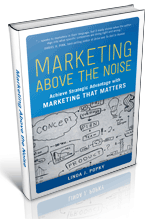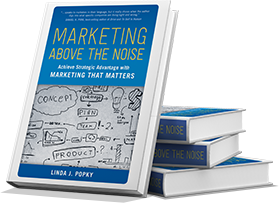
President Donald Trump has told us numerous times that “tariff” is one of his favorite words. This week he showed us in spades exactly what he meant.
As of yesterday, “Liberation Day,” Trump imposed significant tariffs on just about all of the US’s trading partners. The list includes 65 countries, with rates as high as 50% on some. The move is estimated to erase 125 years of global trade, immediately raise prices by the equivalent of a year’s worth of inflation, and cut economic growth this year by half.
It will also impact auto manufacturing—despite the decades-old North America Free Trade Agreement, which created manufacturing alliances among Canada, the US, and Mexico, and resulted in cars being built across all three countries.
The formula appears to be based on a bizarre formula: the ratio of the US trade deficit with each country targeted, divided by the total US imports from that same country. And it considers goods only, not services (the US runs a trade SURPLUS on services with many countries).
The stock market reacted with the worst drop since the pandemic. World markets are in an uproar. Consumers and manufacturers alike are upset. It’s not clear at all who benefits from this. Or what exactly is being liberated from whom (unless it’s our money being liberated from our banking and investment accounts!).
The problem is this is not our great-grandparents’ economy. What worked in an isolationist regime at the turn of the 20th century in the early days of the industrial revolution, is unlikely to be successful in today’s global, integrated, digital economy.
For better or worse, the products we buy come from global partners. The chances of this stunt resulting in large swaths of manufacturing relocating back to the US are slim to none. In fact, other countries are already trying to source products from non-US suppliers.
It’s possible some of these measures will be rolled back in short order, once the consequences of the impact becomes clear. The problem is that doesn’t mean we can easily go back to a global economic environment that works effectively.
Consider a driver who is upset at someone else taking up “his” space on the freeway, so he purposely plows into him. The other vehicle may be irreversibly damaged, and perhaps will be unlikely to show up in the “wrong” lane again any time soon.
But to do this, the antagonist will significantly damage not just the other vehicle, but his car as well. Furthermore, the shock of the collision is likely to cause severe whiplash at a minimum and perhaps more significant permanent injuries to the first driver as well.
Unfortunately, because of the severe tariffs that have recently “liberated” his country, the antagonist who caused the accident may find it both difficult and expensive to repair his vehicle (or buy a new one, if the damage is significant).
As Janis Joplin sang in “Me and Bobby McGee,” Freedom’s just another word for nothing left to lose.
Such is the price of tariff “liberation.”
Check out our marketing leadership podcasts and the video trailer for my book, Marketing Above the Noise: Achieve Strategic Advantage with Marketing that Matters.
 .
.
Let us help your business rise to the top.
linda@popky.com
(650) 281-4854
www.leverage2market.com





